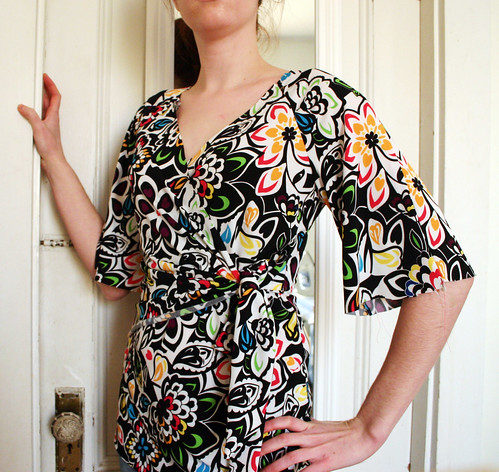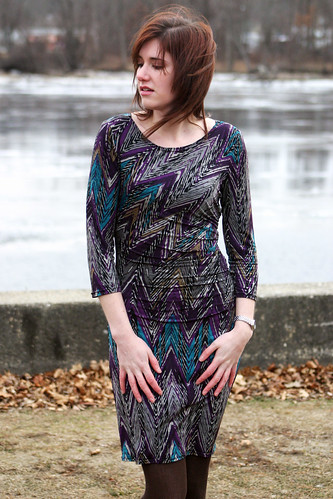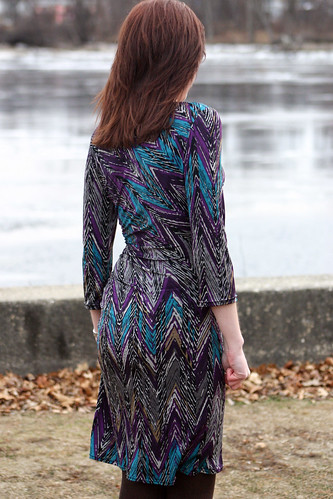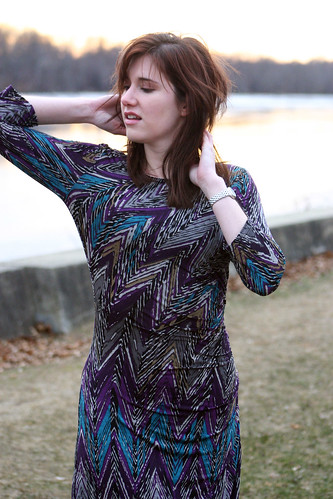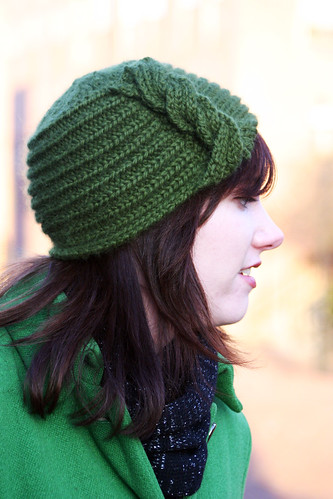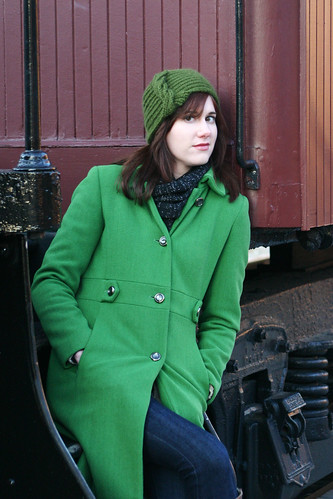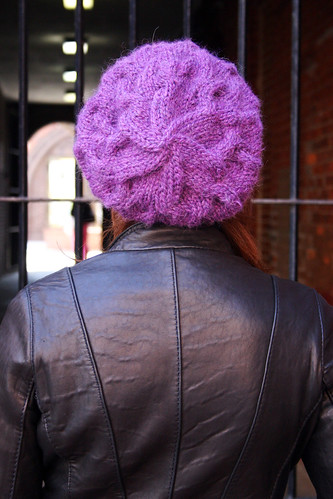
Pattern: Star Crossed Slouchy Beret by Natalie Larson
Yarn: Cascade Baby Alpaca Chunky from Gather Here
Needles: US 9 and 11 16″ circs
Size: OS
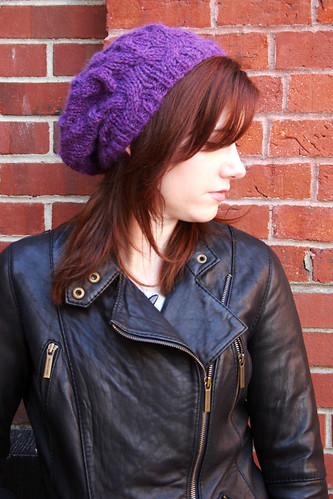
My sister came up to visit last weekend from NYC and I wanted to show her some of the places that make the Boston area great: the Harpoon Brewery (tour tickets were sold out, dang), Grendel’s Den in Harvard Square, and Gather Here in Cambridge. After finishing my Odessa hat last week, and not being too pleased with the outcome, I decided I need to whip up something – fast – to help me get over my hat failure. So taking a cue from what I learned about that hat, I found some yarn at Gather Here to make the Star Crossed Slouchy Beret. My sis? She bought some yarn for the Blue Sky Alpacas “Sporty Mitts” pattern, her first Fair Isle project.
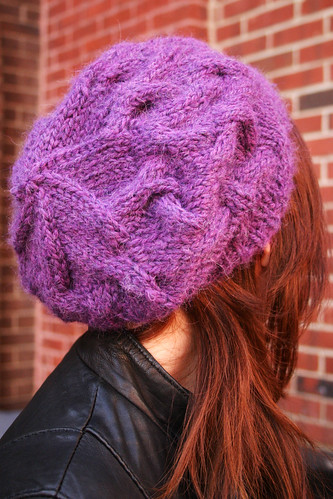
After about four episodes of catching up on Downton Abbey, my hat was finished! Started it Saturday night and finished it Sunday afternoon. I decided to use US 9 circs for the ribbing since I didn’t have any size 10 dpns or circs like the pattern called for, and then switched to US 11s for the rest of the hat. I’ve made a couple of berets over the years and this one is definitely my favorite by far. I love the shape of the hat – it’s more fitted at the crown than other beret patterns I’ve knitted, and the drape starts at the right point, not too soon after the ribbing ends. It lays nicely and doesn’t need to be constantly tugged at or pulled on to make sure it’s not falling off of my head. I highly recommend knitting this pattern for a no-fail beret/slouchy hat/tam project.
I think I’ve got my hat-knitting groove back.



